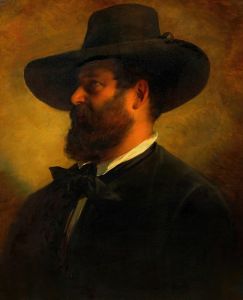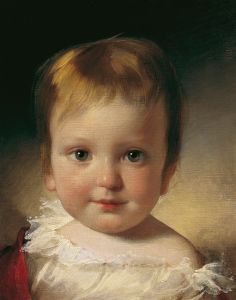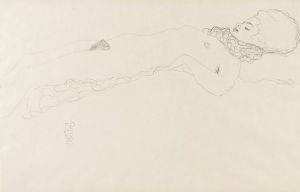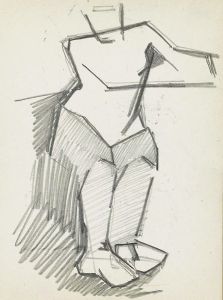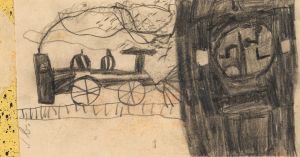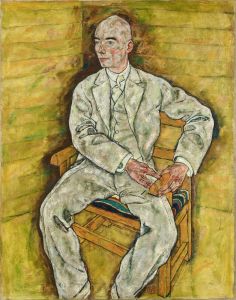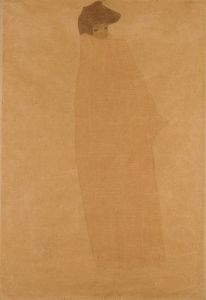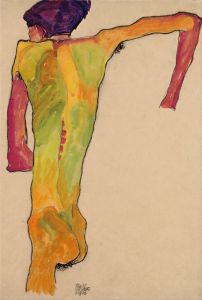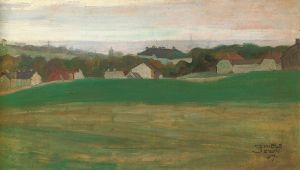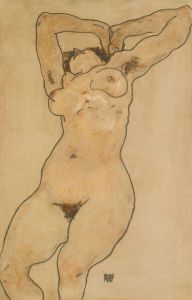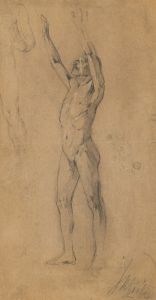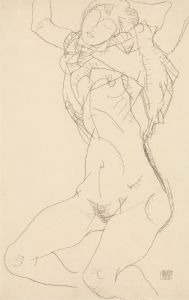
Portrait of a Woman.
A hand-painted replica of Egon Schiele’s masterpiece Portrait of a Woman., meticulously crafted by professional artists to capture the true essence of the original. Each piece is created with museum-quality canvas and rare mineral pigments, carefully painted by experienced artists with delicate brushstrokes and rich, layered colors to perfectly recreate the texture of the original artwork. Unlike machine-printed reproductions, this hand-painted version brings the painting to life, infused with the artist’s emotions and skill in every stroke. Whether for personal collection or home decoration, it instantly elevates the artistic atmosphere of any space.
Egon Schiele, an Austrian painter known for his distinctive style and contribution to early 20th-century art, created "Portrait of a Woman" in 1910. Schiele was a protégé of Gustav Klimt and a major figurative painter of the early 20th century. His work is noted for its intensity and its raw sexuality, and the many self-portraits the artist produced are characterized by their contorted body shapes and expressive line work.
"Portrait of a Woman" exemplifies Schiele's unique approach to portraiture, which often involved a psychological exploration of his subjects. The painting is executed with Schiele's characteristic use of bold lines and a limited color palette, which together create a striking visual impact. The woman in the portrait is depicted with an elongated neck and angular features, typical of Schiele's style, which often exaggerated the human form to convey deeper emotional or psychological states.
Schiele's portraits are often noted for their ability to convey the inner life of the subject, and "Portrait of a Woman" is no exception. The subject's gaze is direct and confrontational, engaging the viewer in a silent dialogue. This engagement is a hallmark of Schiele's work, as he often sought to capture not just the physical likeness of his subjects but also their inner essence.
The background of the painting is minimalistic, which serves to focus attention on the subject. This technique is consistent with Schiele's broader body of work, where the absence of elaborate backgrounds allows the viewer to concentrate on the emotional and psychological aspects of the portrait. The use of space and the positioning of the figure within the frame are carefully considered, contributing to the overall impact of the work.
Egon Schiele's career was tragically cut short when he died in 1918 at the age of 28, a victim of the Spanish flu pandemic. Despite his short life, Schiele left behind a significant body of work that continues to be celebrated for its innovation and emotional depth. His portraits, including "Portrait of a Woman," are considered important contributions to the Expressionist movement, which sought to express meaning or emotional experience rather than physical reality.
Schiele's influence can be seen in the work of later artists who sought to explore the complexities of human emotion and psychology through portraiture. His ability to convey the inner life of his subjects with such intensity and clarity has ensured his place in the canon of great modern artists. "Portrait of a Woman" remains a testament to Schiele's skill as a portraitist and his ability to capture the essence of his subjects in a way that continues to resonate with viewers today.





